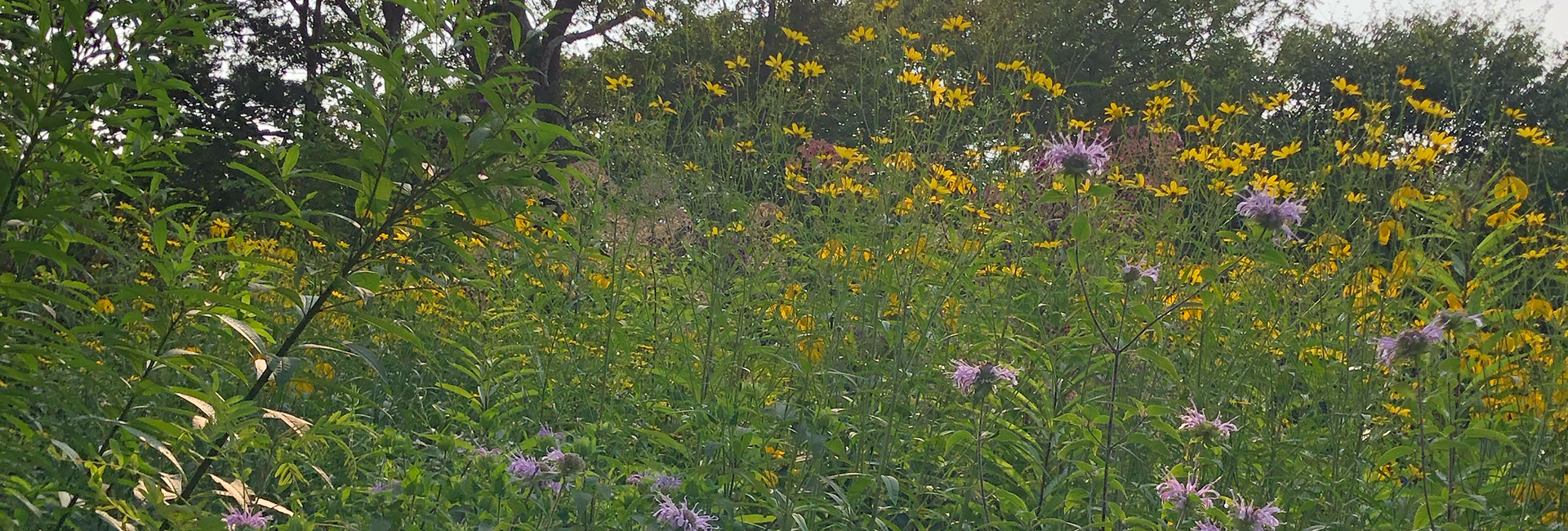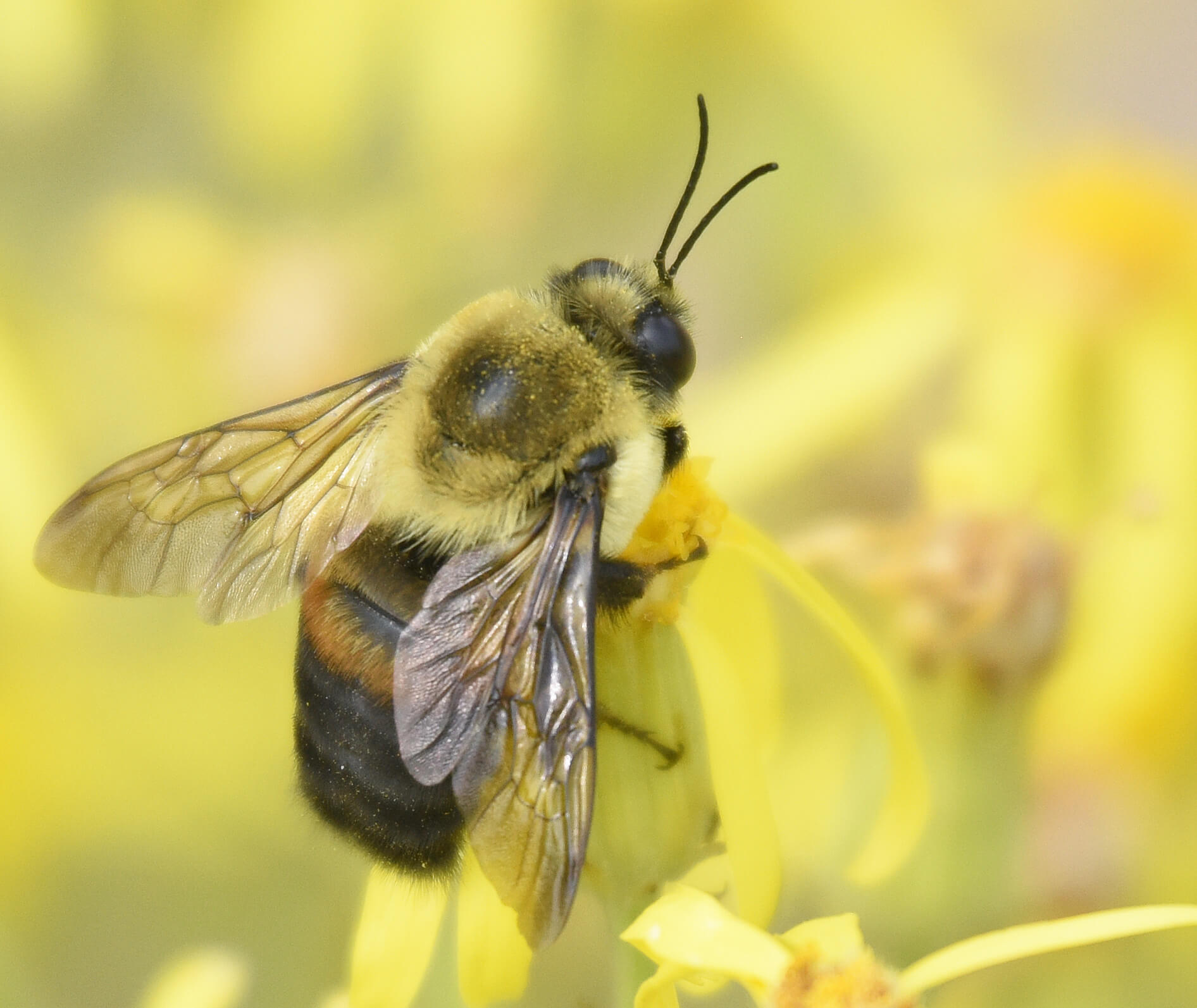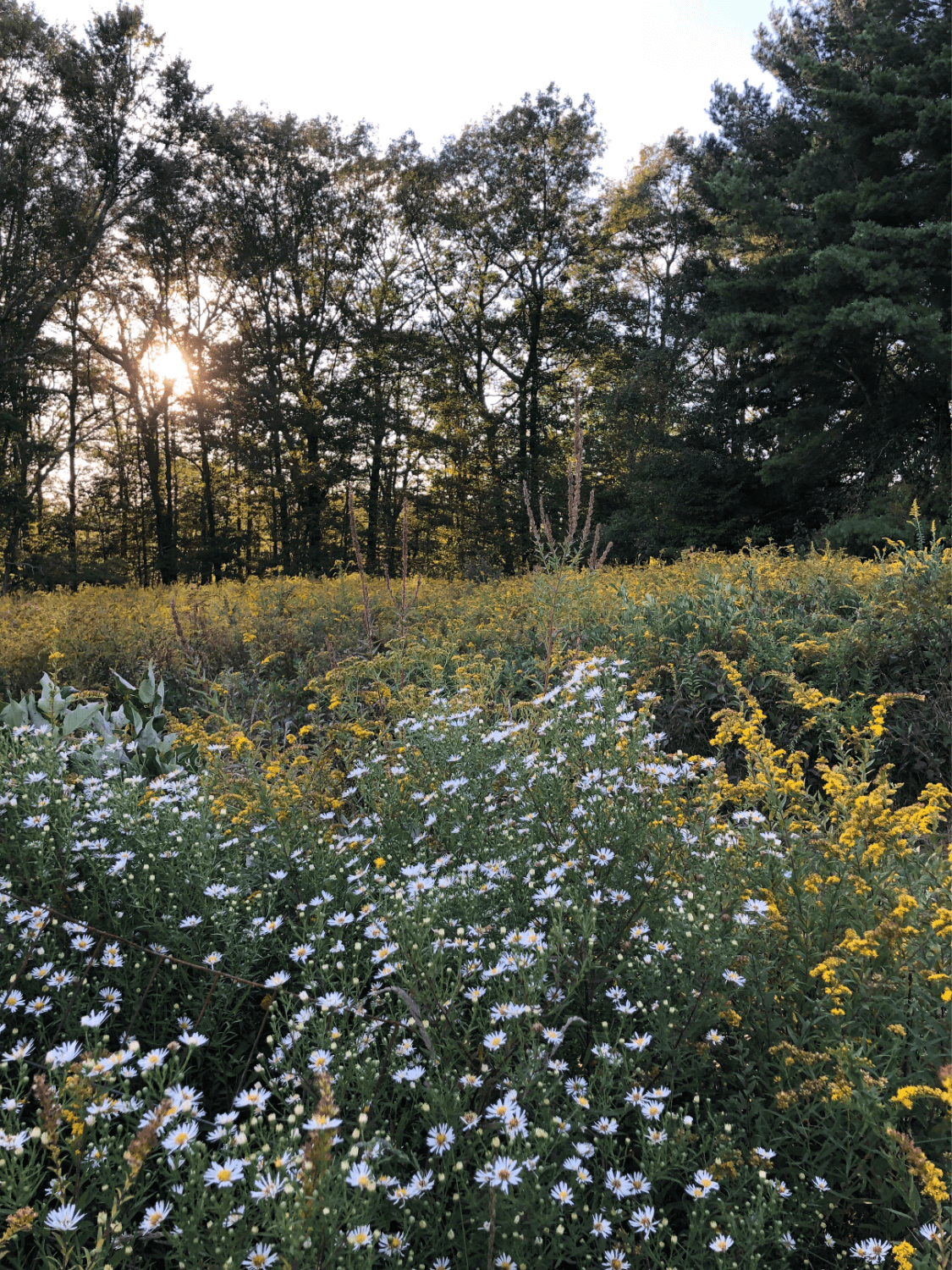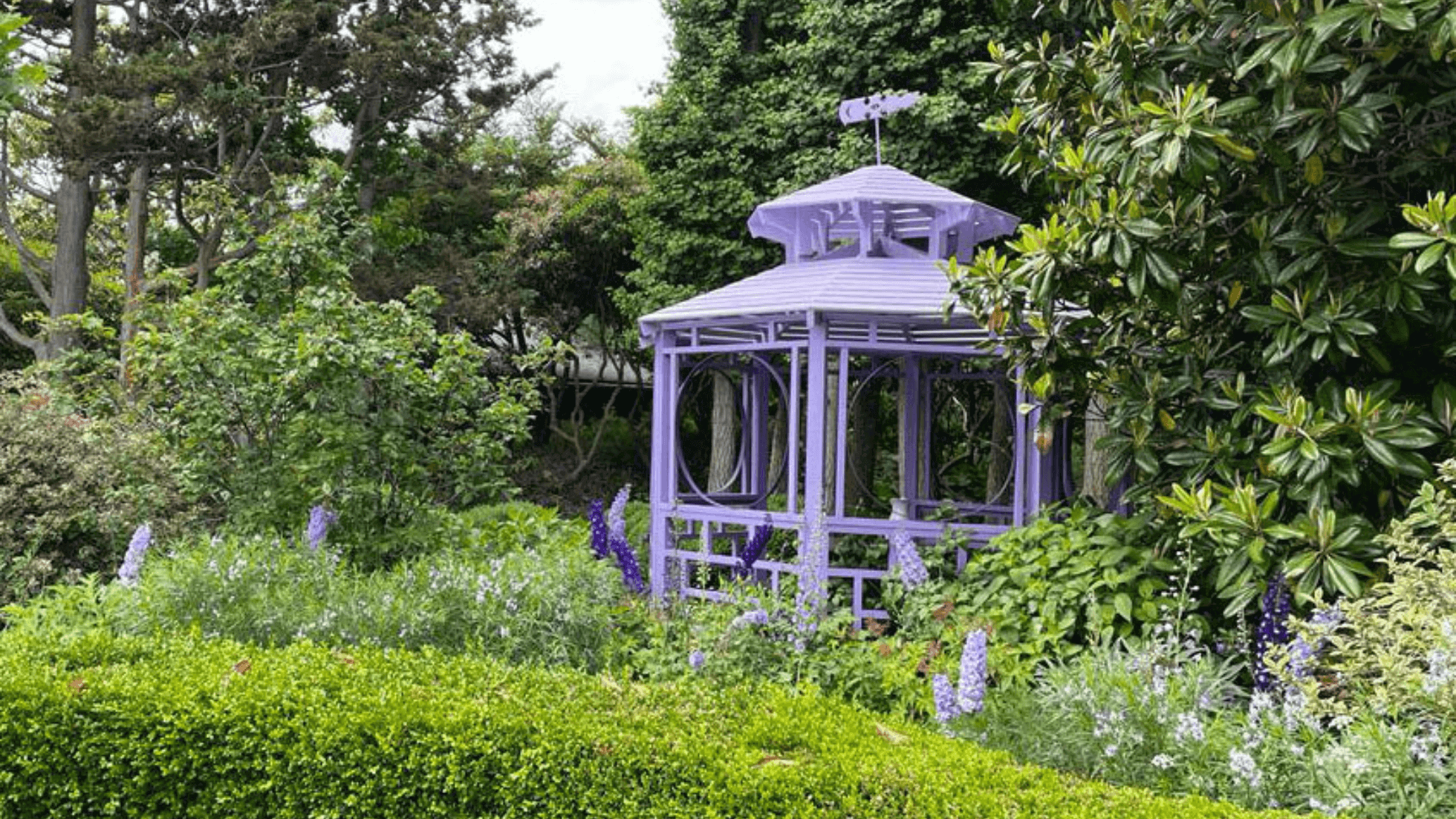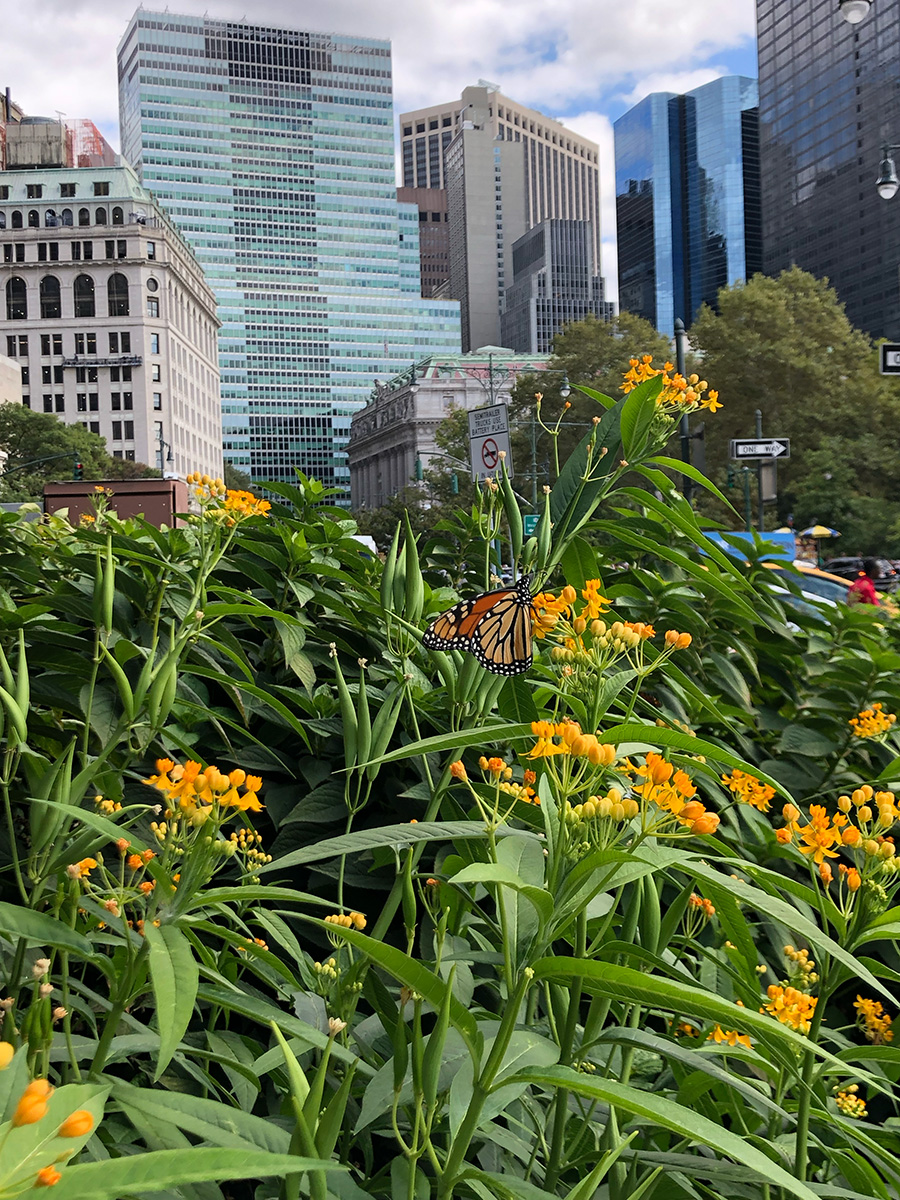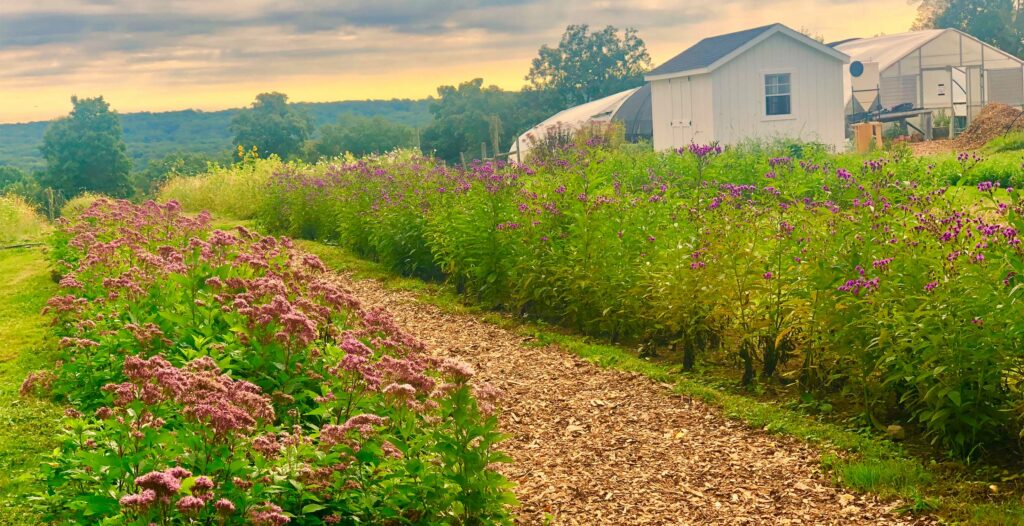
Ever since I spotted the heart-shaped leaves of a violet in my backyard as a child, I’ve been smitten with native plants. Decades later the excitement has not abated: spring beauties, lady slipper orchids, gentians, bloodroot—“heaven in a wildflower.” It was only much later that I learned about how important these native plants are to our ecosystem. They support insects, birds, and other wildlife, help prevent runoff and erosion, sequester carbon, and just make people happier. Thankfully, more and more people are tuning into the beauty and benefits of native plants. But knowing where to find them and what to grow can be overwhelming. With that in mind, we’ve asked some horticulture experts to share their favorite sources.
As Sefra Alexandra, aka The Seed Huntress and Directress of The Ecotype Project, says, “We all have a role to play in stewarding and caretaking our local environment. When you implement these species on your landscape, you can embark on your own seed hunting adventure and save some seeds to share with friends, your garden club, or local schools so that together we can spread these seeds of resilience!”
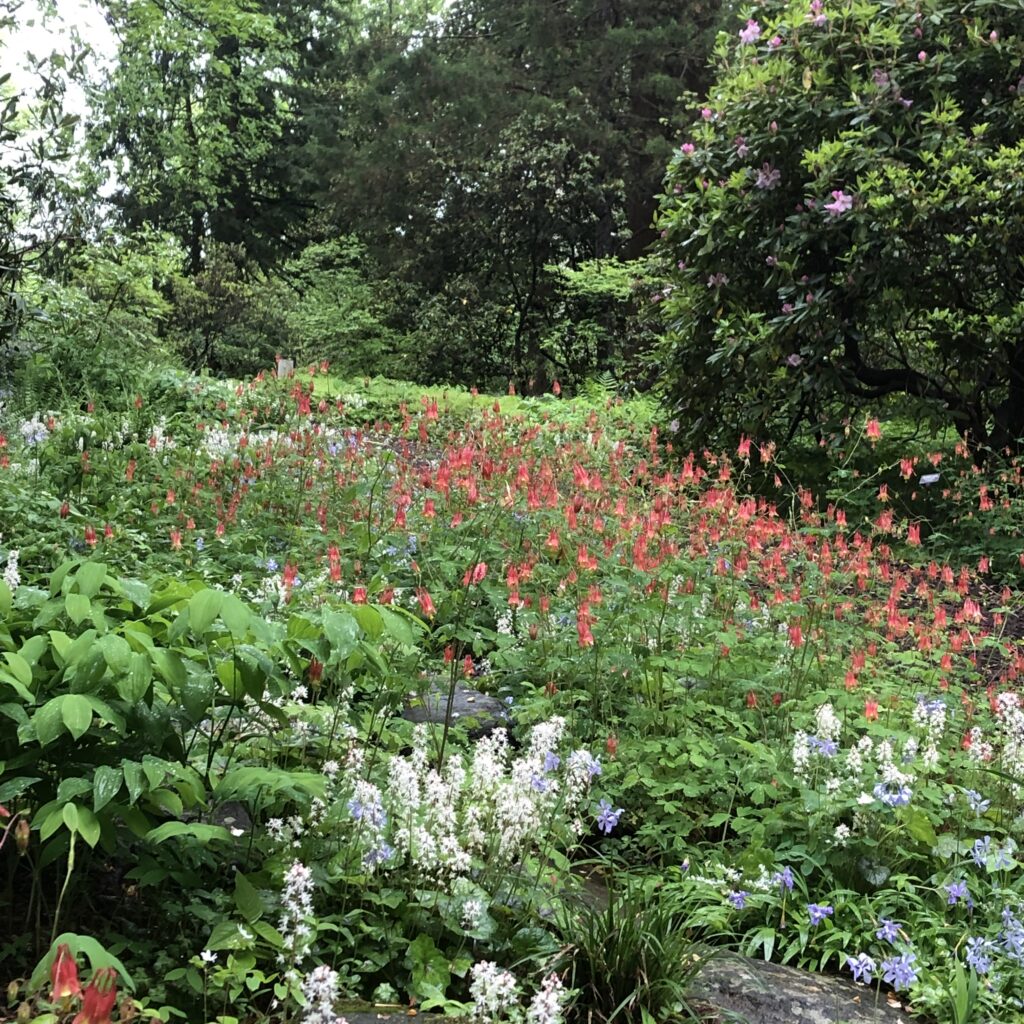
At Mt. Cuba Center in Delaware, woodland phlox, foamflower, and Eastern columbine mingle along a path. Photograph by Toshi Yano.
How can one learn more about native plants?
“Let me begin by saying that the choice to include native plants into your garden is one that should be celebrated!” says Uli Lorimer, director of horticulture at Native Plant Trust. “Gardening feels good, lowers stress, and connects you with nature. This journey is one of fulfillment and satisfaction, a path of empowerment and compassion. There are many great resources online to learn more about the native plants of your region.” Here are some of his favorites:
- Northeast: Native Plant Trust
- Mid Atlantic: Mt. Cuba Center
- Southeast: North Carolina Botanical Garden
- Mid West: Missouri Prairie Foundation’s Grow Native
- Texas: Native Plant Society of Texas
- Colorado: Colorado State University Extension’s Native Plant Master
- California: California Native Plant Society
- Pacific Northwest: Washington Native Plant Society
And here are some great websites Alexandra recommends for general information on native plants:
- Audubon Society: Native Plants Database
- National Wildlife Federation: Native Plant Finder
- Gardenia: USA Native Plants Finder
- Homegrown National Park: List of Native Plant Finders
- Xerces Society: Native Plant, Seed and Services Director
“Also check out your state’s native plant society, or local botanical society. The best way to spread the word is to share your passion and knowledge with your friends and neighbors!” says Lorimer.
Pollinators zip to bee balm, like this swallowtail butterfly, which sips nectar from wild bee balm (Monarda fistulosa) in a garden designed by Refugia Design. Photo courtesy of Refugia Design.
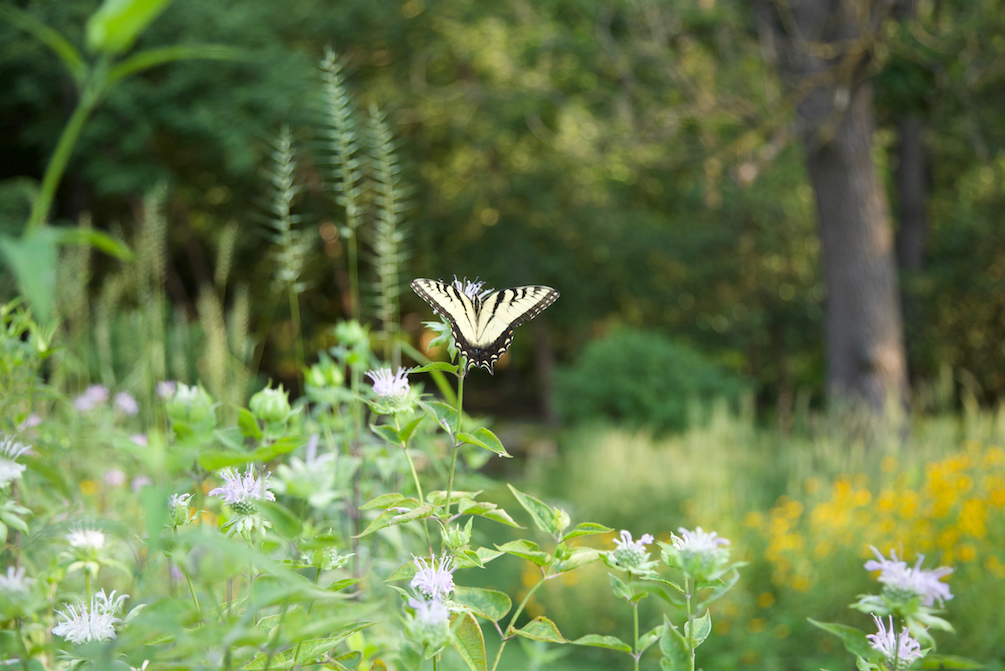
What do you need to know before buying native plants?
Lorimer suggests asking the right questions when you arrive at the nursery:
• Were these plants grown with any types of pesticides? This is crucially important, as no one wants to unwittingly poison the very insects you are looking to attract.
• Can you tell me a bit more about what wildlife interacts with this plant? Just because you saw a bee on it does not necessarily mean it’s good for all pollinators. About a quarter of our native bees in the Northeast are specialists, meaning they require the nectar and pollen of specific plants in order to survive. Wouldn’t you want to know what those plants are? The ability for native plants to support insect life is tremendous, orders of magnitude more than nonnative plants. Who eats all those insects? Hungry baby songbirds do, one of the best reasons to use native plants. (Read more about how to support native bees.)
• Where was the plant sourced? Locally sourced plants are better adapted to the timing and emergence of flowers and insects. This exquisite choreography between plant and insect has evolved over countless generations and is tightly synced. Using locally sourced plants helps keep both sides in step together.
Should you buy seeds, plugs, or pots?
Seeds are the least expensive option, followed by plugs, and then larger pots. If you have the time and interest, go with seeds. “Seeding is best for those who are patient and enjoy getting into the ‘weeds’ of plant biology and the growing process. Preparation is key, growing is slow, and weeding is ongoing—especially in the first couple of years,” says Abby Lawless, principal of Farm Landscape Design. “Each species of plant has specific germination requirements. For example, some may require periods of cold, moisture, exposure to light, oscillating temperatures, and so on.”
Her recommendation? “Work with native plugs, which are small, young plants that can range from 2- to 2.5-inch-wide and 2- to 5-inch-deep. Growing plugs requires far fewer resources than larger potted plants, and because they are being planted at such a young age, they adapt quickly to environmental conditions and grow to be strong, vigorous plant
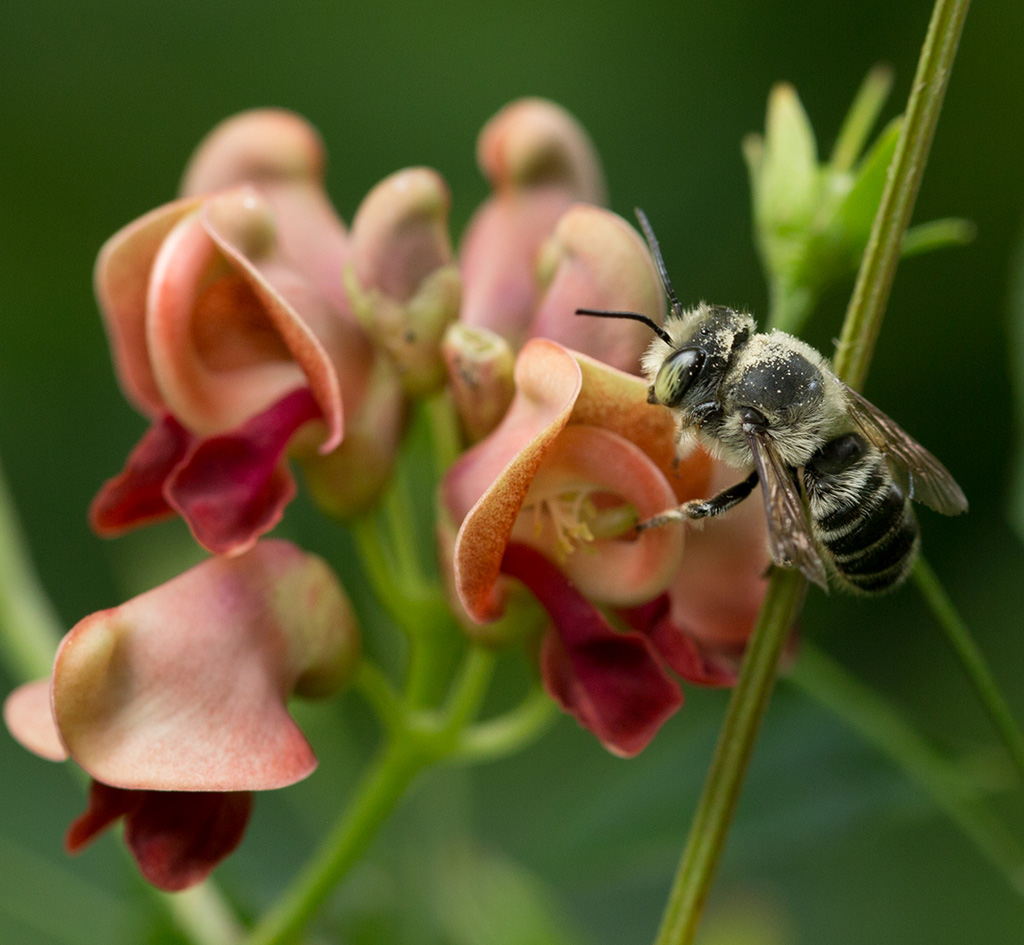
This flower of the groundnut vine (Apios americana) attracts a leaf cutter bee (Megachile mendica). The annual vine is also a larval host of the silver-spotted skipper butterfly. Photo by Uli Lorimer.
What are some trusted nurseries for native plants?
Jeff Lorenz, founder of Refugia Design: “For retail, I look for the American Beauties line, which is available at many retail nurseries. For mail order, there’s also Ernst Seed, Roundstone Native Seed Company, Pinelands Nursery & Supply, Prairie Moon Nursery, and the Wild Seed Project.”
Jeff Lynch, director of horticulture at Wethersfield Estate & Garden (read more about how Wethersfield is on the Pathway to PRFCT): “A very good and mail order retail plant nursery is Wood Thrush Native Plant Nursery. Based in Virginia, they grow rare and unusual varieties. My best wholesale sources for native plants are Kind Earth Growers, New Moon Nursery, and North Creek Nurseries. Even though most homeowners can’t buy from them, they’re great resources with an incredible wealth of information on native plants.” (Editor’s note: Kind Earth Growers and North Creek Nurseries are available for retail sales through Izel Native Plants.)
Toshi Yano, Perfect Earth’s director: “For gardeners around the Hudson Valley, these nurseries are worth the trip: Earth Tones Native Plant Nursery, Tiny Meadow Farm, and Barkaboom Native Plants.
Lorimer: For gardeners in Massachusetts, Garden in the Woods and Nasami Farm are excellent sources for native plants. Wild Seed Project in Maine is a great choice for Maine-based gardeners; they carry both plants and seed. Eco59 is my go-to for local sourced seed in Connecticut and Long Island Plant Initiative is my choice for NYC-based native plant friends. Lastly, Pinelands Nursery in NJ is a fantastic source for plants and seed. Be sure to seek out my friend Fran Chismar for more details.
by Melissa Ozawa
Want to know what to native plants to grow together? The experts here (plus some more) share their favorite native plant combos. Read about them here.
This is part of a series with Gardenista, which ran on March 27, 2024.
